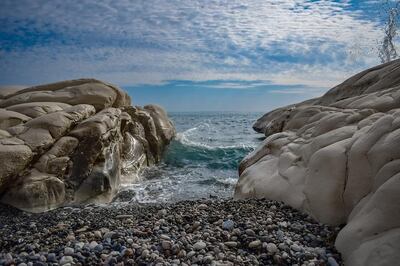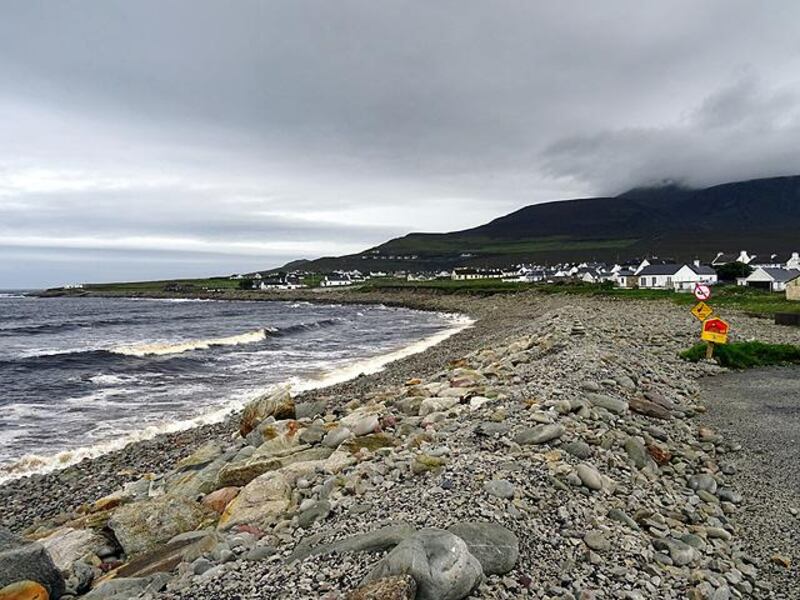In a country with countless myths, legends and folklore, the case of the disappearing beach sounds like it could be an old Irish fable. This time however, there’s no smokescreen involved as a beach in Ireland has vanished less than two years after it reappeared on Ireland’s west coast.
Dooagh beach on Achill Island originally made the news when it returned to the shores of County Mayo after a 33-year absence. Residents were amazed to see sandy shores return to the area, covering the pebbles and stones that had replaced the sand for over three decades.
Heavy storms in recent months have now washed the 200-metres of sand away, leaving Dooagh beachless once more.
The reappearance of the beach in 2017 saw a rise in tourist numbers to the region as visitors flocked to see the ‘new’ shoreline. This trend was given a boost by a second reappearing beach, just six months after the discovery of the first.
Ashleam Bay, a stop on Ireland’s Wild Atlantic Way and just 10 kilometres from Dooagh, came back to visit after having been in hiding since 2005. And while Irish folklore had formerly predicted that sand would return to Ashleam every seven years, the land had been grain free for 12 years before 2017.
Why do beaches disappear?
Although it may seem magical, there’s nothing extraordinary about Achill’s disappearing shorelines other than the rate at what the incidents occurred in quick succession. Changing coastlines are a more common than you might think especially given the island’s location, jutting out into the Atlantic Ocean.
Exposed to the ocean’s worst southwesterly winds and giant waves, Achill’s coastline is often stirred up from both below and above sea level with drifts that go in both directions, on to the shore and out into the ocean. Strong currents carry sand and pebbles far offshore especially if there happens to be a lack of seaweed to help prevent such natural movement. If all these factors combine, which is what happened at Dooagh in 1984, a beach can suddenly disappear.

How did it return?
A very similar set-up in April two years ago is what brought the sand back to the Country Mayo isle however its emergence probably wasn’t quite as rapid as was originally reported. Local surfers and fishermen had described seeing a build-up of sand offshore in the days leading up to the beaches triumph.
Strong winds in March and some of the highest tides of the year in April combined with fierce northerly winds which saw the waves carry the sand back onshore from where it had been sitting on the sea floor and in neighbouring bays.
So if you didn’t get to visit Dooagh this time around, sit tight. It probably won’t be too long before it’s back for an encore.
Read more:
Where to eat sleep and shop in Dublin
The strange case of a Norwegian plane stranded in Iran's 'Bermuda Triangle'
Last chance tourists are making penguins sick
__________________












